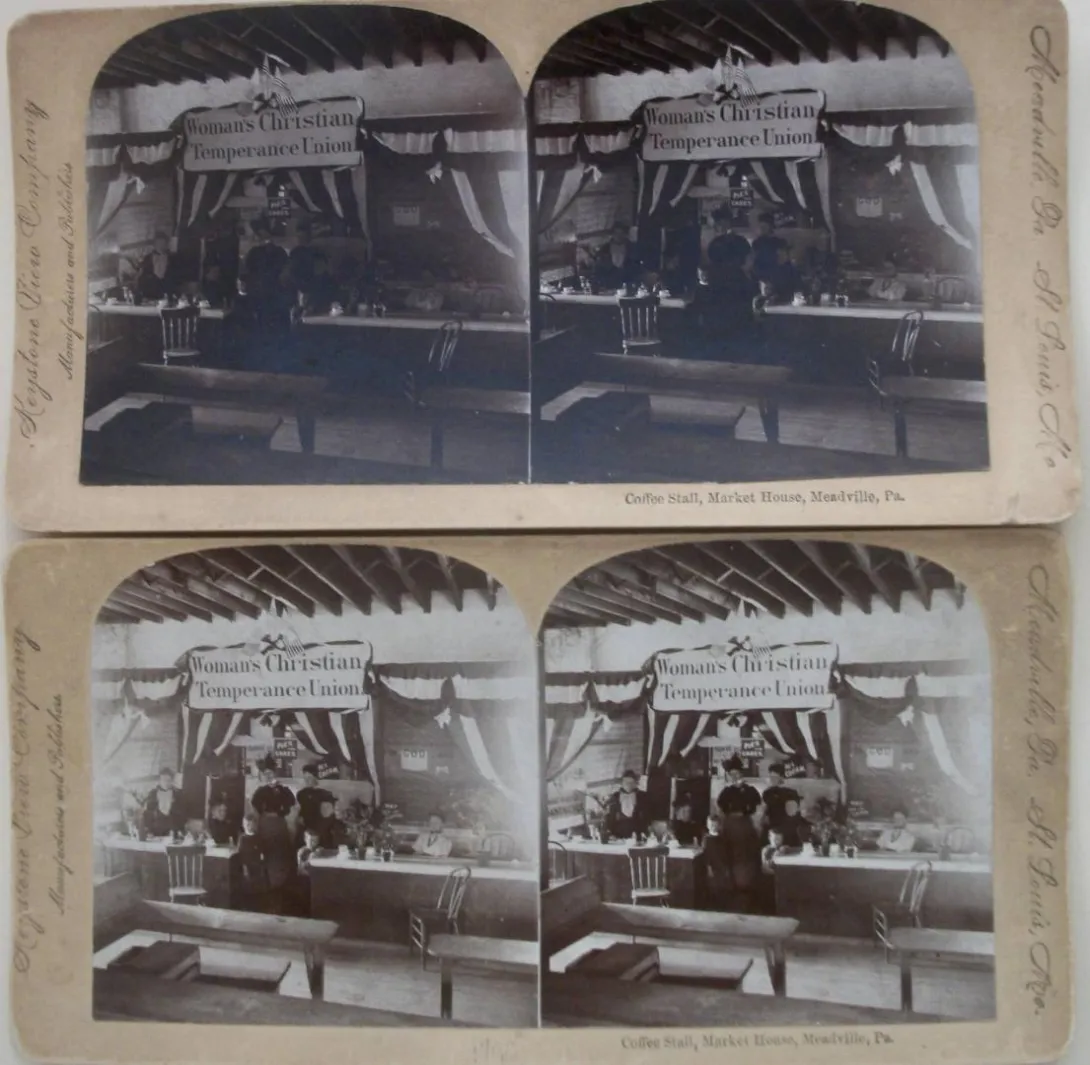The roots of the Johnson-Shaw Stereoscopic Museum date back to the Keystone View Company, founded in 1892 and headquartered in Meadville. Keystone grew into the world's leading producer of stereoviews—devices that created 3D images from paired photographs. It operated from a large facility on Market Street until 1961, when it was sold to Mast Development Company. By 1972, Keystone's Meadville operation closed, and its contents were relocated or discarded.
Much of the company's physical history was thought lost until George Shaw of Venango County salvaged a massive amount of Keystone materials in the 1970s. Shaw, who had long believed in the value of what others saw as junk, preserved cabinets full of original views, printing presses, educational booklets, blueprints, and office documents.
Nearly two decades later, Meadville native Lance Johnson, whose family had worked for Keystone for generations, discovered through a construction project that Shaw had saved the company's remnants. The extent of Shaw's preservation effort only became clear during a visit to a barn where untouched cabinets of stereoscopic views had been stacked since the 1970s.
Shaw later donated the materials—nearly 90,000 stereoviews, lantern slides, and company artifacts—to help establish the museum. In 2000, the Johnson brothers bought a historic brick building at 423 Chestnut Street to house the collection. The building, constructed around 1856, was once home to the Holland Land Company and later served as a Christian Science church. With Jodi Paich Kohlstrom appointed as executive director, the Johnson-Shaw Stereoscopic Museum was set to open in spring 2002.Educators and historians praised the collection for offering a rich visual record of land use and cultural change between 1850 and 1950. As preparations continue, the museum is seeking volunteers and donors to support its efforts and preserve this unique piece of American history.
